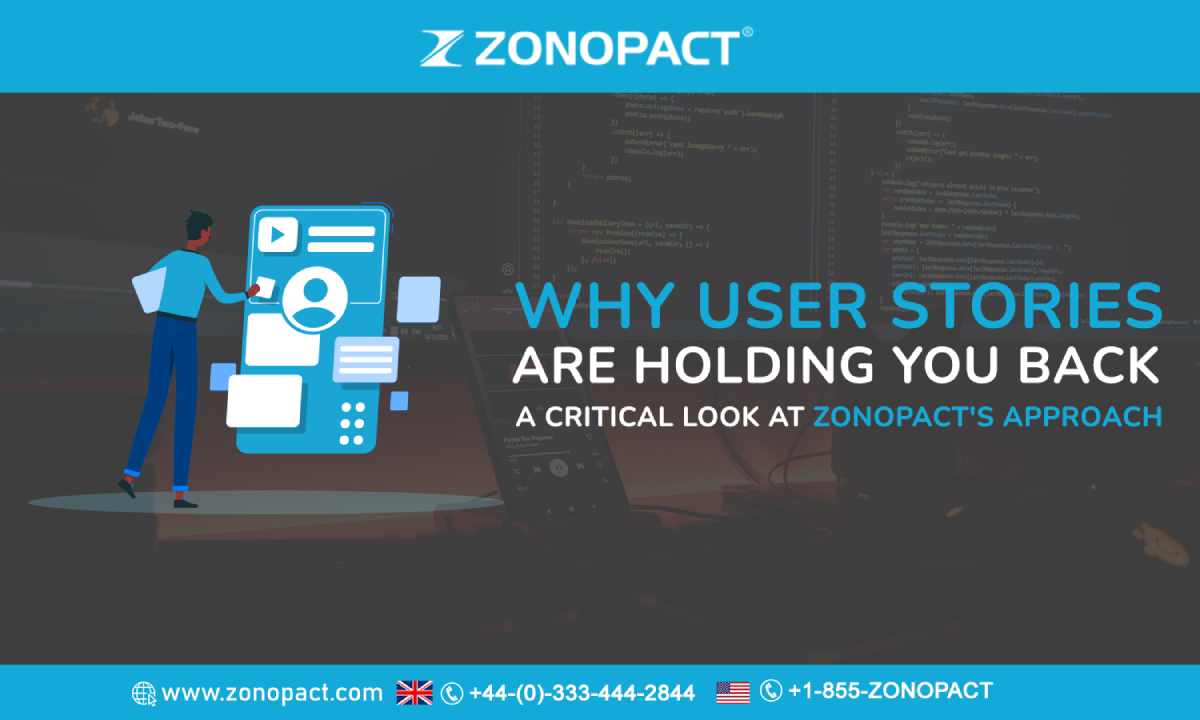
User stories have been a popular method for software development teams to prioritise and plan their work. These stories are meant to capture user needs, but they often fall short in delivering the results that teams and users actually want. In this critical look at Zonopact’s approach, we’ll explore why User Stories Are Holding You Back, and how Zonopact’s innovative approach is leading the way in creating software that truly meets user needs.